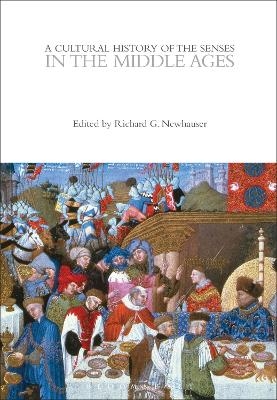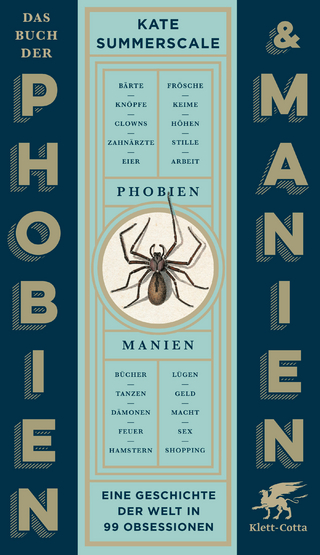
A Cultural History of the Senses in the Middle Ages
Bloomsbury Academic (Verlag)
978-1-350-07789-8 (ISBN)
From the development of specifically urban or commercial sensations to the sensory regimes of holiness, from the senses as indicators of social status revealed in food to the Scholastic analysis of perception, this volume demonstrates the importance of sensory experience and its manifold interpretations in the Middle Ages.
A Cultural History of the Senses in the Middle Ages presents essays on the following topics: the social life of the senses; urban sensations; the senses in the marketplace; the senses in religion; the senses in philosophy and science; medicine and the senses; the senses in literature; art and the senses; and sensory media.
Richard G. Newhauser is Professor of English and Medieval Studies at Arizona State University, Tempe, USA. He is the author of, among other works, The Early History of Greed (2000); Sin: Essays on the Moral Tradition in the Western Middle Ages (2007); and co-editor of Sin in Medieval and Early Modern Culture (2012). He recently co-edited “Pleasure and Danger in Perception: The Five Senses in the Middle Ages and the Renaissance,” a special issue of The Senses & Society (2010).
Introduction: The Sensual Middle Ages Richard Newhauser (Arizona State University, USA)
1. The Social Life of the Senses: Experiencing the Self, Others, and Environments Chris Woolgar (University of Southampton, UK)
2. Urban Sensations: The Medieval City Imagined Kathryn Reyerson (University of Minnesota, USA)
3. The Senses in the Marketplace: Markets, Shops, and Shopping in Medieval Towns Martha Carlin (University of Wisconsin, USA)
4. The Senses in Religion: Liturgy, Devotion, and Deprivation Béatrice Caseau (University of Paris-Sorbonne (Paris IV), France)
5. The Senses in Philosophy and Science: Mechanics of the Body or Activity of the Soul? Pekka Kärkkäinen (University of Helsinki, Finland)
6. Medicine and the Senses: Feeling the Pulse, Smelling the Plague, and Listening for the Cure Faith Wallis (McGill University, Canada)
7. The Senses in Literature: The Textures of Perception Vincent Gillespie (University of Oxford, UK)
8. Art and the Senses: Art and Liturgy in the Middle Ages Eric Palazzo (University of Poitiers, France)
9. Sensory Media: From Sounds to Silence, Sight to Insight Hildegard Elisabeth Keller (Indiana University, USA and University of Zurich, Switzerland)
Notes
Bibliography
Notes on contributors
Index
| Erscheinungsdatum | 27.09.2018 |
|---|---|
| Reihe/Serie | The Cultural Histories Series |
| Zusatzinfo | 47 bw illus |
| Verlagsort | London |
| Sprache | englisch |
| Maße | 169 x 244 mm |
| Gewicht | 454 g |
| Themenwelt | Kunst / Musik / Theater ► Kunstgeschichte / Kunststile |
| Geschichte ► Teilgebiete der Geschichte ► Kulturgeschichte | |
| Geschichte ► Teilgebiete der Geschichte ► Religionsgeschichte | |
| Sozialwissenschaften ► Ethnologie | |
| Sozialwissenschaften ► Soziologie | |
| ISBN-10 | 1-350-07789-5 / 1350077895 |
| ISBN-13 | 978-1-350-07789-8 / 9781350077898 |
| Zustand | Neuware |
| Haben Sie eine Frage zum Produkt? |
aus dem Bereich


